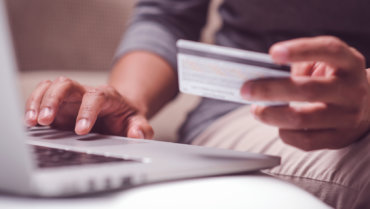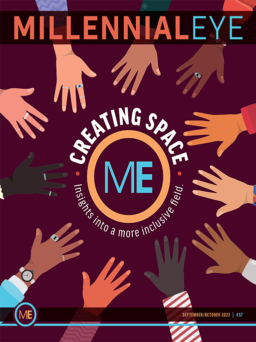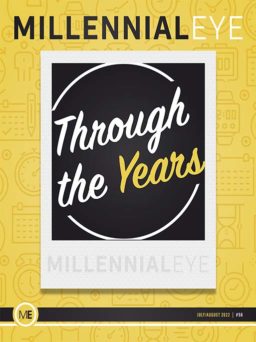We consumers purchase everything online. Really, almost everything. Some of those purchases are as easy as pressing a button on our smartphones (Uber) or using an app to have an item delivered to us the very same day (Amazon Prime or instacart).
Some payments are cumbersome—like, for example, when your local society sends a dues notice via an email-attached PDF form. This requires you to print, fill out, handwrite your credit card number, and then scan and email back or fax. Or, when a doctor’s online bill payment portal has you try to remember your account name and 10-digit login that includes an uppercase letter and semicolon (more on this below)—not exactly an experience likely to have a high conversion rate.
Most doctors still send invoices via the US Postal Service, which is a time-consuming, costly, and decades-old practice done to collect the deductibles, coinsurance, and balances from our patients. These paper mailers instruct patients to submit a check or to write in their credit card number before mailing back the payments. Although savvy practices try to collect all of this upfront, there are always remaining patient balances reported to us on our insurance EOBs. Increasingly, more consumers (ie, millennials) neither maintain checkbooks nor (rightly) feel secure writing down their credit card numbers, lowering their likelihood of tending to these invoices.
Most other industries have long moved away from postal mail invoicing and offer online or paperless payments. Medical practices, however, are dependent on their EHR or practice management systems, which direct patients to their aforementioned (un-Uberlike) patient portals.
A BETTER WAY
As in my previous column about handling appointment requests outside clunky patient portals, we likewise utilize consumer-friendly payment tech for online payments.
MoonClerk.
For our mailed patient invoices, we added a simple line of text that has made a big difference in our first pass collections: Pay securely online at www.EyeCenterofNY.com/pay That page of our website has a simple payment form set up using MoonClerk. The form asks the absolute fewest questions necessary to process a secure payment: first and last name, payment amount, account number on invoice, and basic credit card info. There is no login, no patient portal to navigate through, no need to enter an address, etc. The form is responsive, meaning it’s also easily viewable and fillable on a smartphone or tablet.
MoonClerk allows users to easily incorporate a payment form onto their website or embedded in an email without much technological know-how. Whenever a payment is made, my designated office staff receives an email notification (for posting in our practice management system), and MoonClerk automatically sends an emailed receipt to the patient. There is a small monthly fee, which is more than made up by the increased collections. It’s simple for the office and patients and doesn’t require EHR integration or permission.
I also use MoonClerk to collect membership dues payments for clubs via email, securely and seamlessly.





